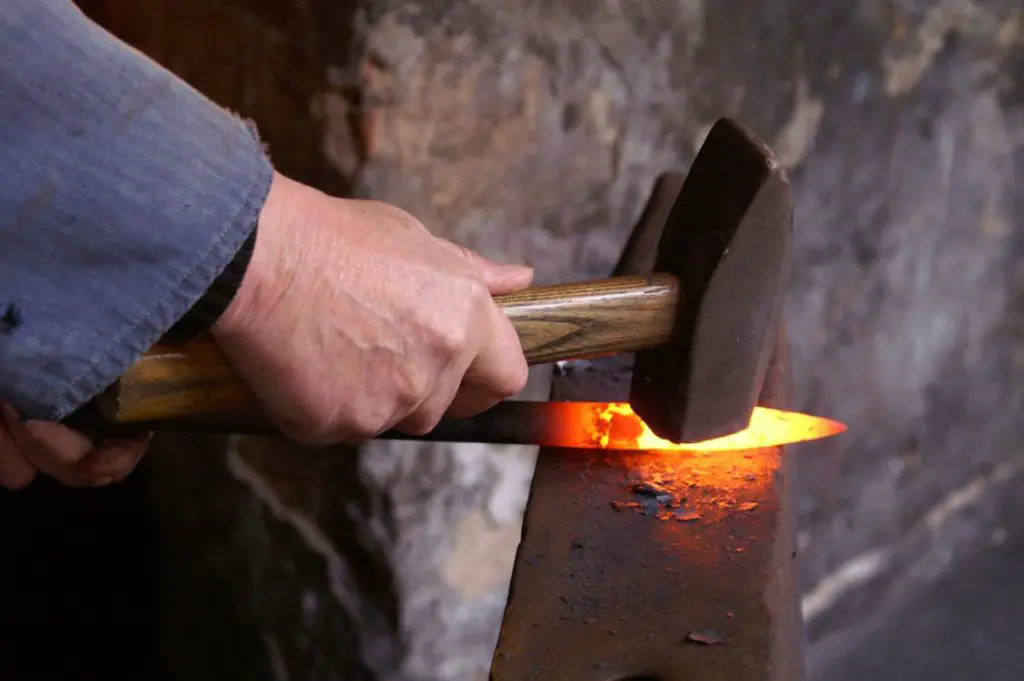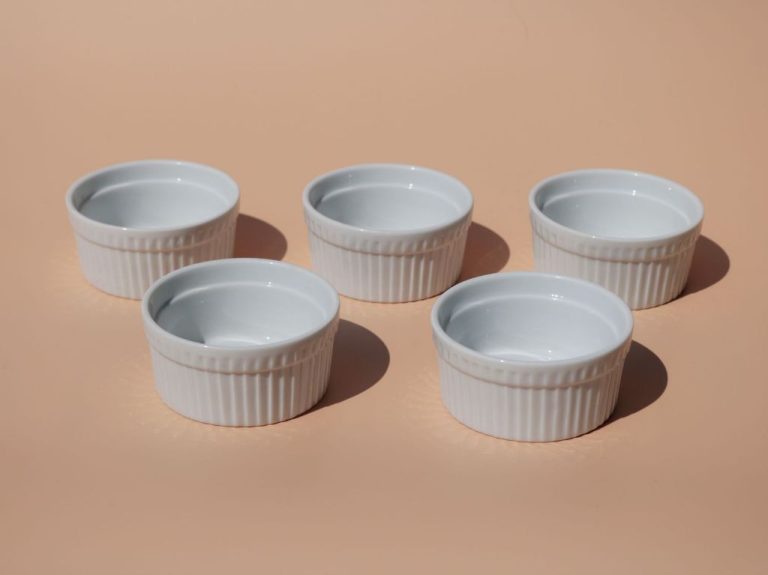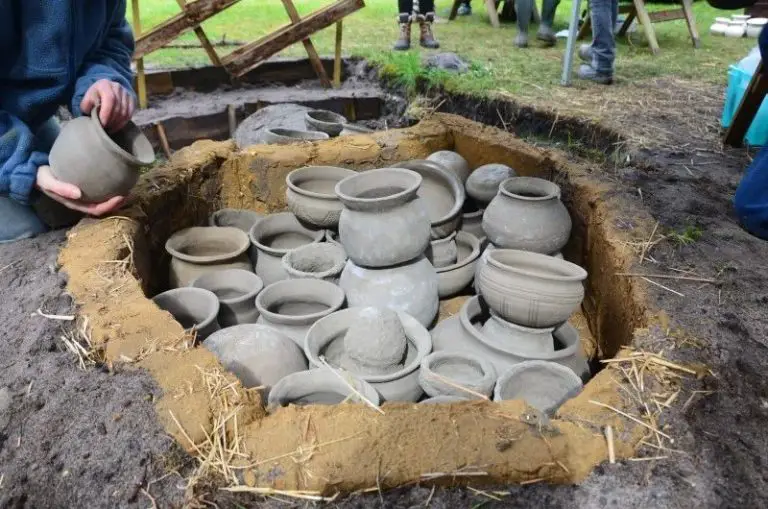Is It Hard To Forge A Knife?
What is Forging?
Forging is the process of shaping metal using localized compressive forces, usually done while heating the metal to make it more malleable. It is one of humankind’s oldest metalworking processes, with archaeological evidence of blacksmithing dating back over 4000 years. The key benefits of forging over other metal shaping methods are that it allows very precise control over the shape, it work-hardens and strengthens the metal through its compressive forces, and it enables shaping of complex forms not possible by other means.
During forging, the blacksmith heats the metal, often iron or steel, to high temperatures in a forge to soften it enough to shape with tools like a hammer or press. The direct and localized blows of the hammer enable the smith to form the metal into intricately shaped tools, weapons, and decorative metalwork. While industrial processes have largely replaced the need for blacksmithing simple tools and implements, artisan smiths today still practice the ancient techniques of forging for custom metal creations.
Overall, forging remains one of the best ways to form strong, durable, and resilient metal objects ranging from horseshoes to samurai swords. The hands-on approach gives the blacksmith a connection to the material and an intuition for shaping it in a way no modern process can replicate.
Forging Knives
Forging a knife is a multi-step process that involves heating, hammering, grinding, and sharpening metal into a blade. According to The Crucible, the basic steps to forge a knife are:
1. Heat the steel until it glows yellow. This makes the metal soft and malleable for shaping.
2. Determine the mass distribution you want for the blade – where it should be thicker or thinner.
3. Use a hammer to flatten out the blade to the desired thickness.
4. Reheat and repeat hammering and grinding until the shape is formed.
The most common steel used for forging knives is high carbon steel because it holds an edge well while also being easy to sharpen. Some specific alloys used are 1095 and 52100 steels.
Basic tools needed for knife forging include:
- A forge or other heat source like a torch or kiln to heat the metal.
- A blacksmith’s anvil to hammer the metal into shape.
- Hammers like cross-peen and ball-peen hammers.
- Tongs to hold the hot metal.
- A grinder to refine the blade shape.
- Files for smoothing.
Difficulty of Forging
Forging knives requires physical strength and stamina. As one Reddit user noted, “The actual forging process takes a lot of energy and effort. You’ll be swinging a hammer and manipulating hot steel for hours on end” (Source). Forging by hand develops muscle memory and stamina through the repetitive hammering motions needed to shape the blade.

It can also take substantial time to develop skill in hammering and manipulating the blade for the desired shape and tolerances. As explained on the MyToram blog, “The difficulty comes in being able to hammer out a shape evenly. This requires a lot of practice to be able to hammer consistently” (Source). Forging blades requires precision hammer strikes and an understanding of how the metal moves under shaping.
Judging the temperature of the metal is another key difficulty. As described on the Toram Online forums, “You need to get a feel for the right heat – too cold and the metal is too hard to move, too hot and you lose control and burn things” (Source). Forging relies on bringing the steel to the ideal temperature range for shaping before it cools.
Learning the Process
The best way to learn blacksmithing is to get hands on practice and proper training. While you can teach yourself the basics from books and videos, nothing beats learning directly from an experienced blacksmith. Many community colleges, local blacksmithing groups, and private instructors offer beginner classes where you can get one-on-one guidance.
For self-teaching, helpful resources include the book “The Complete Modern Blacksmith” by Alexander Weygers and the YouTube channel “Alec Steele Blacksmith.” These provide clear instructions for essential skills like striking, bending, drawing out, scrolling, and forge welding.
Another great way to learn is by joining blacksmithing communities like Reddit’s r/Blacksmith subreddit. Here you can get feedback on your work, ask questions, and learn from other smiths through sharing experiences and techniques. Surrounding yourself with more experienced blacksmiths accelerates the learning process.
Setting Up a Forge
Setting up a forge is one of the first steps in learning how to forge knives. There are several types of forges that can be used:
-
Gas forges use propane or natural gas as the fuel source. They allow for precise temperature control and are convenient, though the initial setup can be more expensive.
-
Coal forges burn coal, coke, or charcoal. They are very traditional but require some skill to control the temperature.
-
Electric forges use heating elements for clean and easy temperature control. However, they may not reach the highest forging temperatures.
The fuel source determines many factors like cost, heat output, and convenience. Propane is clean and responsive but requires fuel tanks. Coal is very traditional but dirty. Electric eliminates fuel costs but may lack power.
The full setup cost also varies. A basic gas forge with a burner can be under $200. More sophisticated coal forges with blowers start around $500. Top-end gas forges with digital controllers can cost over $1000. Shopping for used equipment can help lower costs.
Overall, the forge type depends on preferences, space, and budget. A good starter forge can be set up for a few hundred dollars with either gas or electric.
Tools for Forging Knives
Forging knives requires a variety of specialized tools. The most essential tools are the anvil, forge, hammers, and tongs.
The anvil provides a hard, flat surface for hammering and shaping the metal. A good anvil for knife making should have a flat face as well as a horn or bick for curving and bending the knife shape. Quality anvils are often made from forged tool steel or cast steel (Centaur Forge).
The forge provides high heat for working the metal. Forges can be powered by coal, propane, or electricity. Common types include gas forges, coal forges, and electric kilns (Pieh Tool Co.).
Hammers come in a range of shapes and weights for tasks like drawing out the blade, setting bevels, and more. Essential hammers include cross and straight peens, flatters, and fullers. Tongs grip the hot metal so it can be positioned on the anvil (Centaur Forge).
Other useful tools include chisels, hardies, punches, drifts, and swages for cutting, forming, and texturing the metal. A bench grinder is also handy for sharpening and polishing.
Raw Materials
The quality of the steel is one of the most important factors in knife making. Using high-carbon or stainless steel ensures durability, hardness, and an ability to hold a sharp edge. According to Jantz Supply, some recommended knife-making steel types include:
- 1084 High Carbon Steel – An economical and easy to work carbon steel good for beginner knife makers.
- 01 Tool Steel – Offers excellent wear resistance with average toughness.
- A2 Tool Steel – High hardness and holds an edge incredibly well but is difficult to sharpen.
- 440C Stainless Steel – Resists corrosion and is easy to sharpen but not as hard as other steels.
High quality knife making steel and supplies can be sourced online from specialty retailers like Jantz Supply and Texas Knifemaker Supply. These companies offer a wide selection of pre-hardened blade steels, handle materials, tools, kits and more for knifemaking hobbyists and professionals.
Safety Precautions
Forging knives and blades can be dangerous if proper safety precautions are not taken. Protective gear is essential for avoiding burns and eye damage while working with hot metal and tools.
Blacksmiths should wear heavy leather gloves, aprons, and jackets to protect exposed skin from sparks and hot metal (Blacksmith Safety Apron, Gloves, & More). Eye protection like safety glasses with side shields or goggles is crucial to prevent eye injury from flying fragments when hammering or grinding (Farrier & Blacksmith Protective Gear). Sturdy, close-toed shoes and cotton or wool clothing can also help prevent burns.
Additionally, forging areas should be well-ventilated to prevent buildup of fumes. Ear protection like earmuffs helps prevent hearing damage from hammer strikes. Keeping a fire extinguisher and first aid kit on hand is also advisable. Following basic precautions greatly reduces the risk of accidents and injuries while forging.
Common Techniques
There are several techniques commonly used in forging knives that require practice to master:
Drawing or pulling refers to elongating and thinning out sections of the metal by hammering along the length of the blade.[1] This technique is useful for shaping the blade and tapering the edges.
Punching is a process of creating holes in the metal using a chisel and hammer.[2] This allows for pins or rivets to be inserted to assemble knife components.
Drifting involves enlarging existing holes through repeated hammering using a drift punch.[1] It requires care to avoid deformation, but allows holes to be customized to desired sizes.
Upsetting is increasing thickness of the metal by hammering perpendicular to the surface.[2] It can thicken the spine or add mass to sections of a full tang blade.
Drawing out and drifting are common early steps, while punching helps assemble fitted components. Upsetting areas needing added strength comes later in the process.
[1] https://www.pinterest.com/pin/367327622764093428/
[2] https://www.youtube.com/watch?v=WzWrcpzuAp8&list=PL83l-hAk6LI01stoQFK8CCLVDkAK6Ljmj&index=3
Satisfaction from the Process
One of the most rewarding aspects of blacksmithing is the tremendous sense of accomplishment that comes from mastering the craft. After putting in hours of practice at the forge, successfully shaping a bar of metal into a beautiful, functional tool or artwork brings a powerful feeling of pride and satisfaction. According to many blacksmithing enthusiasts, nothing compares to beholding your completed work and knowing that you created it using time-honored techniques and skill.
Blacksmithing requires dedication to develop true proficiency. As they gain hard-won expertise, blacksmiths feel an abiding connection to past masters of the craft. The forging process links today’s artisans to blacksmiths throughout history who fashioned tools, weapons, and decorative metalwork. This evokes a profound sense of carrying on an ancient and noble skill. In online forums, many blacksmiths describe the pride they feel in preserving cultural traditions and creating new works with integrity to the roots of their craft.



